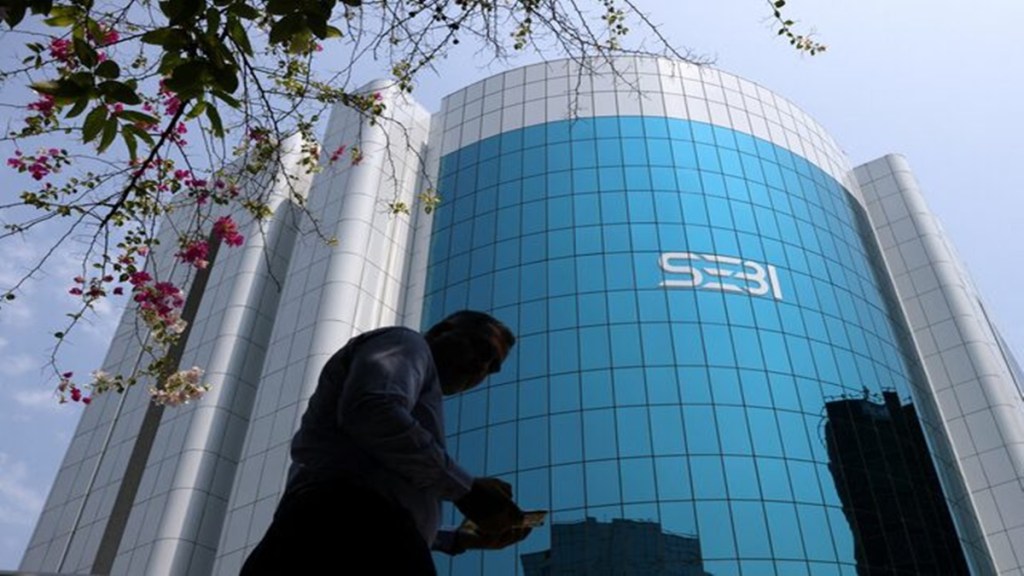By Sandeep Parekh
The regulation of finfluencers has been a subject of debate long before any attempts were made to bring them within the regulatory fold. Designing a framework to address the spread of unauthorised advice or misleading claims to an impressionable audience has had its own challenges. While they could be penalised as fraudulent practices or unregistered advisory, given the scale of misinformation and justifiable risks over investor protection and financial stability, there was a growing need to also consider pre-emptive solutions.
In August 2023, the Securities and Exchange Board of India (SEBI) proposed to limit the association of regulated entities with unregistered persons, like finfluencers, in a bid to disrupt their revenue model. The proposals culminated in amendments to key regulations a year later, barring regulated entities from associating with persons who offer advice, recommendations, or claims without being registered by SEBI to do so. However, such associations were allowed if carried out on specified digital platforms (SDPs) recognised by SEBI — based on whether such platforms could demonstrate the specified preventive and curative measures. This was followed by a directive to regulated entities to terminate all existing contracts with unregistered individuals offering advice or making performance claims.
In October, SEBI released proposed measures based on which digital platforms would be recognised as SDPs. Digital platforms have also been broadly defined to encompass any platform that facilitates communication between two or more individuals and allows user-generated content.
The criteria released by SEBI can be seen as two-fold: preventative and curative. Preventative measures are envisaged as proactive actions to prevent fraud, impersonation, unauthorised claims, and the presence of unregistered entities. Several such measures — like implementation of systems to identify and analyse content related to securities (including advanced artificial intelligence [AI] and machine learning tools), policies to take action against securities market violations and impersonation, allowing investor education content, and verified labels to distinguish registered entities — seem to be premised on creating a digital ecosystem well-equipped to identify and filter out unauthorised content. However, what is truly striking is the breadth of power given to SEBI — be it in terms of requiring an SDP to share securities market related data on request, acting on inputs from SEBI, or even periodically reporting to SEBI.
Curative measures are intended to address the gaps in preventive steps. The requirement for prompt escalation of reports about unlawful content and unauthorised entities by SEBI, regulated entities, and users alike is intended to restore confidence and enable prompt identification of such content. The SDPs would also be bound to act on such content within strict turnaround times, which may include taking down or blocking content and blacklisting repeat offenders. Interestingly, the action that a platform takes should be to SEBI’s satisfaction. This leaves little to no room for the platform to arrive at objective conclusions based on its own verification, and essentially allows the regulator to order blocking or taking down content without further scrutiny.
Considering the growing influence of social media, the prospect of being recognised as an SDP would appeal to digital platforms. While the implications of SEBI’s extensive powers under the SDP proposals on free speech and the legality of creating substantive obligations through a circular warrant a separate conversation, digital platforms seeking recognition as SDPs must be cognisant of SEBI’s potential involvement in their activities if they were to succeed. Besides, given that SEBI’s decision on whether some content qualifies as “advice” or “performance claims” is likely to be the last word, valid conduct may also be impacted unless stronger controls are worked into the framework.
The proposals also call for platforms to implement policies for providing data upon request, thus increasing SEBI’s oversight of financial activities in digital media. However, the lack of clarity on the specific data to be shared may create compliance challenges, particularly concerning end-to-end encrypted data, which may deter platforms from seeking recognition. Also, the costs of integrating advance AI systems could deter new entrants and smaller platforms. Automated systems may also unintentionally flag legitimate content, resulting in unwarranted disruptions. Lawful content or ads too may be mistakenly deemed as violations, a risk precipitated by the lack of any redress mechanism besides approaching SEBI.
Compared to international practices, SEBI’s approach seems to be more intrusive and wider. The Financial Conduct Authority (FCA) in the UK employs a collaborative model, integrating its oversight with existing digital regulations. The FCA partners with Ofcom under the Online Safety Act, emphasising shared responsibility for online platforms while avoiding the role of a direct regulator. Similarly, the Australian Securities and Investments Commission (ASIC) has partnered with online platforms in Australia to enforce verification processes for financial services advertisements. This reduces fraudulent promotions while minimising the compliance burden on digital platforms. For instance, Google now mandates financial services providers to verify their licences issued by ASIC before advertising.
While SEBI’s initiative to regulate digital platforms is a welcome step towards addressing the proliferation of unregistered financial advice, the framework’s stringent requirements raise practical and legal concerns. Ultimately, the SDP proposals represent a significant shift in regulatory strategy, signalling a move towards tighter control and attempting to bring platforms that fall outside SEBI’s jurisdiction within its regulatory ambit. The new norms must face three challenges — how they act within the framework of freedom of speech, especially in borderline cases; whether SEBI has the bandwidth to administer the regulatory unwashed masses and whether this will have any takers; and most importantly, whether the millions of people with views as well as YouTubers would want to be on a platform where the SEBI-Suaron’s eye is ever-watching. How these proposals unfold remains to be seen.
Co-authored with Rashmi Birmole and Pranjal Kinjawadekar, respectively senior associate and associate, Finsec Law Advisors.
The writer is managing partner, Finsec Law Advisors.
Disclaimer: Views expressed are personal and do not reflect the official position or policy of FinancialExpress.com. Reproducing this content without permission is prohibited.

